Tour Description
Day 1Â Bucharest Sightseeing Tour – Suceava – Gura Humorului
Today we take a panoramic tour of Bucharest. We will visit the most important sites and areas of the city such as: The Triumphant Arch, The Victory Square, The Royal Palace (nowadays harboring The National Art Museum – optional visit), The Romanian Atheneum, The Revolution Square, The Victoriei Avenue and The Union Square. This tour gives you the chance to visit the Parliament Palace, a “giant” building erected during the communist totalitarian regime of Nicolae Ceausescu. We continue with a walking tour of the Old town today’s Mecca of bars, restaurants and quaint cobbled streets. Bucharest Tour ends with a visit to the Village Museum, one of the most beautiful and interesting museum in the country. In the evening, you’ll be transferred to Bucharest Airport for a direct flight to Suceava. Flight schedule: OTP 21:30- SCV 22:40
Our guide will pick you up from Suceava and transfer you to the hotel.
Accommodation: Hotel Toaca Bellevue in Gura Humorului (4*)
Day 2:Â Day tour of The Painted Monasteries of Bucovina
Bucovina is among the most attractive and frequently visited tourist areas on Romania’s map. First visit of the day is at the famous painted monastery of Voronet. Erected in 1488, Voronet Monastery is a combination of Byzantine, Gothic and local elements. On the western wall, the exterior murals depict traditional scenes, and the famous Last Judgment scene, unique in the whole world. The tour continues with an egg painting demonstration given by one of the many local artists from Bucovina.
Driving down one of the most beautiful roads in the country, crossing the gentle slopes of Bucovina Mountains, admiring the amazing panoramas from the Ciumarna Pass, you’ll reach the Moldovita Monastery. Built in 1532, this monastery occupies a fortified quadrangular enclosure with tower, gates and well-tended lawns. The central painted church has been partly restored and features impressive frescoes from 1537. The southern exterior wall depicts the Siege of Constantinople in AD 626, under a combined Persian-Avar attack. Interestingly, the besiegers are depicted in Turkish dress – keeping parishioners concentrated on the current enemy. After a delicious Romanian lunch in one of the best restaurants in the area, we visit Sucevita Monastery, where we will find out more about the “Virtue Staircaseâ€, most impressive due to its dimension and contrast between the heaven’s order and devil’s chaos.
We finish our day trip to Marginea Village, famous for the black ceramics of different shapes and various paintings. You can watch the preparation of clay and its modelling on the potter’s wheel, the decoration, polishing and the final burning process.
Accommodation: Hotel Toaca Bellevue in Gura Humorului (4*).
Day 3:Â Gura Humorului- Sighetu Marmatiei
Today’s journey is long and beautiful. We leave Bucovina and head to the remote region of Maramures (The Land of Wood). Crossing the Eastern Carpathian Mountains through Borgo Pass you will discover a mysterious realm, the same one described in Bram Stoker`s Dracula. We`ll have a break at Castle Dracula Hotel, with a fantastic view over the surroundings. Next stop is in Bistrita Medieval Town for a short sightseeing tour and lunch.
Reaching Maramures region,we will visit Barsana Monastery, one of the highest wooden churches in the world with its splendid grounds, and Toader Barsan’s house, a local wood carver who took part in the Smithsonian World Festival in Washington, famous for the wonderfully carved wooden gates.
Accommodation: Casa Iurca in Sighetu Marmatiei (4*).
Day 4:Â Sapanta Merry Cemetery-Sighetu Marmatiei- Breb Village
In the morning we meet the local farmers who sell their products at the vegetable market in Sighetu Marmatiei. We continue our Maramures day tour, with Sapinta Village, famous in the whole world for “The Merry Cemetery”. Ancient beliefs viewed death as a beginning, not as an end, and this faith is reflected in the carvings in the town’s unique Merry Cemetery. Blue wooden crosses feature a carved scene and humorous epitaphs that endeavor to capture essential elements – both the qualities and the imperfections – of the deceased’s life. Next on our list is the small town of Sighetu Marmatiei, where we stop at the “Memorial to the victims of Communismâ€, located in the building of the former Sighet Prison used by the communist regime to silence its opponents, in the 50’s.After this w meet a Romanian family in their home for a traditional lunch and take a stroll in the village of Breb to discover it`s hidden treasures.You’ll visit a local distillery, used by the locals to prepare a sort of plum brandy named palinca. Not far from the distillery, you’ll see how the locals wash their carpets in the same way they did 200 years ago. You’ll continue your walking tour on the streets of the village admiring the wooden gates, the wooden houses, the local architecture and the locals.
Accommodation: Casa Iurca in Sighetu Marmatiei (4*)
One Extra day in Maramures:Â This is an additional trip in Maramures for people who desire to spend one more day in this region. This is an unforgettable trip in the mountains by steam powered train called mocanita.
Day 5: Sighetu Marmatiei – Turda Salt Mine  Cluj-Napoca
Today we drive from Maramures Region towards Cluj-Napoca, the largest city of Transylvania. Once we reach Cluj we will take a tour of the most important sites. The focal point of the city is Union Square, with shops, cafés and restaurants and the monumental St Michael’s Cathedral, dating back to the 14th century. Next to the cathedral, is the imposing equestrian statue of Mátyás Corvinus (raised in 1902) tramples the crescent banner of the Turks underfoot. His formidable Black Army kept the Kingdom of Hungary safe from banditry and foreign invasion for much of his reign. Then we visit The Pharmacy Museum that displays a beautiful collection of ancient prescriptions, jars and implements, as well as Baroque furnishings and glass cabinets. Down in the pharmacy basement something akin to a medieval dungeon – is the old laboratory, complete with an assortment of tools, pestles and containers. If we have enough time we will visit the Ethnographic Museum of Transylvania, the oldest ethnographic museum in Romania. It was founded on 16 June 1922 as a real science museum and managed to hoard in the eight decades of activity over 120,000 documents of traditional culture. Our tour of Cluj will end with a walk around Avram Iancu Square, where is located The Orthodox Cathedral inaugurated in 1933 to celebrate the Romanians’ triumph in Transylvania.
Accommodation: in Cluj (4*)
Day 6:Â Cluj-Napoca-Turda Salt Mine-Sibiu
Just 20 km from Cluj town is Turda Salt Mine, a real history museum of salt exploitation. Discovered first by the Romans, Turda Salt Mine became an important exploitation center during the Habsburg’s control of Transylvania.We continue our day enjoying a relaxing walking tour of Sibiu`s Old District. Sibiu is one of the most important fortified towns in Transylvania. The city is reminiscent of old European cities such as Nurnberg and it was founded in 1190 and grew to be the main city of the Transylvanian Saxons. This amazing place, with the “Old Town” (The Big Square, the Small Square, the Ursuline Church, The Franciscan Church, The staircase Tower, the Tanners Tower, the Liar’s Bridge , the House of the Butcher’s Guild and last but not least with the amazing Bruckenthal Museum) is a gorgeous place to see. Optional visit to Brukental Museum, the oldest museum in Romania with a vast collection of paintings, antiques, coins, and rare books.
Accommodation: Continental Forum in Sibiu (3*)
Day 7: Sibiu-Sheppard Valley-Biertan -Sighisoara
A lovely half-hour drive away from the medieval city of Sibiu takes you into the pastoral landscape of Hartibaciu Valley, once an important commercial route is nowadays almost forgotten. We will discover nature an churches not yet explored by mass tourism. In a forgotten world, where the horse and carriage is the main means of transport we will discover the simple life. Passing through this valley, Â we arrive in Biertan and visit one of the most majestic and valuable fortified churches in Transylvania. In 1995, the fortified church of Biertan was included in the list of the world architectural patrimony under UNESCO patronage.
Our next stop is Sighisoara medieval city and fortress. In 1431, in the house at Museum Square 6, within the shadow of the old town`s Clock Tower, a women whose name is lost to posterity gave birth to a son called Vlad, who in later life earned the title The Impaler, abroad better known as Dracula, derived from Dracul or “the Devil†referring to his father Vlad Dracul, whom the Holy Roman Emperor Sigismund of Hungary made a knight of the order of The Dragon in 1431. The Clock Tower, the Church on the Hill, the Scholars Stairs, The Monastery Church, the towers of the citadel (originally fourteen), The Shoemakers Town, the Tailors Tower, the Tinsmiths Tower are only a few of the marvels of this place called Sighisoara.
Overnight in Sighisoara Hotel Casa cu Cerb 3***
Day 8:Â Sighisoara-Viscri- Brasov
We leave Sighisoara on route to Brasov area. The road will pass through beautiful German villages and one can admire their architecture and also a couple of citadels and churches which can be seen from the road, such as Crit, Saschiz, Rotbav.
First stop will be at Viscri Village, one of the most famous tourist destination of Romania partly due to Prince Charles of Wales,who had discovered this amazing location, a fairy tale from the forgotten medieval times. We continue our route to Bran and visit the famous Bran Castle also called Dracula`s Castle. The castle got its fame from Dracula`s legend written in 1897 by Bram Stoker and later on made into a film by Francis Ford Coppola. The first documents about the Bran Castle date back to 1377. Along the ages, the Castle had a strategic position being on the border between Transylvania and Wallachia. First it was under the rule of  Sigismund of Luxemburg, then it was owned by the Romanian voivods Mircea cel Batran and Vlad Tepes and later on it came under the jurisdiction of the City of Brasov. In the 20th century the castle was donated to the Romanian royal family and became a royal summer residence. The castle museum preserves the furniture and objects from that period.
End the day in Brasov, with a short tour of the magic medieval center of Brasov (2 hours). The city of Brasov is one of the oldest in Europe, dating back to 1235. During the Middle Ages, Brasov was known as a powerful fortress surrounded by high stone walls and defended by bulwarks, towers and other small fortresses. The buildings and the streets still preserve a medieval note. The Council Square,The Black Church, The White and Black Towers,The Weavers Bastion and Catherine`s Gate are the tour’s highlights.
Accommodation: Bella Muzica in Brasov (3*)
Day 9:Â Brasov- Sinaia- Peles Castle- Bucharest
Start your tour in Brasov with the Town Hall Square, where you can admire the colourful painted and ornated baroque structures. Visit the Black Church, the largest gothic church in Romania. Continue your visit and see Catherine`s Gate errected in 1559, the only original gate that l has survived since medieval times. Visit The Weavers Bastion, the largest medieval bastion in Brasov and the best-preserved among the seven original watchtowers constructed around the city walls.
On your way to Bucharest we stop in Sinaia Mountaineous Resort where you will visit the Peles Castle. The famous castle is a masterpiece of German New-Renaissance architecture being commissioned by King Carol I in 1873 and completed in 1883. Its 160 rooms are adorned with the finest examples of European art, Murano crystal chandeliers, German stained-glass windows, walls covered with Cordoba leather, Meissen and Sevres porcelains, ebony and ivory sculptures.
Accommodation in Bucharest: Rembrandt Hotel (3*).
Day 10:Â Airport Transfer
If needed, we can transfer you to the airport.
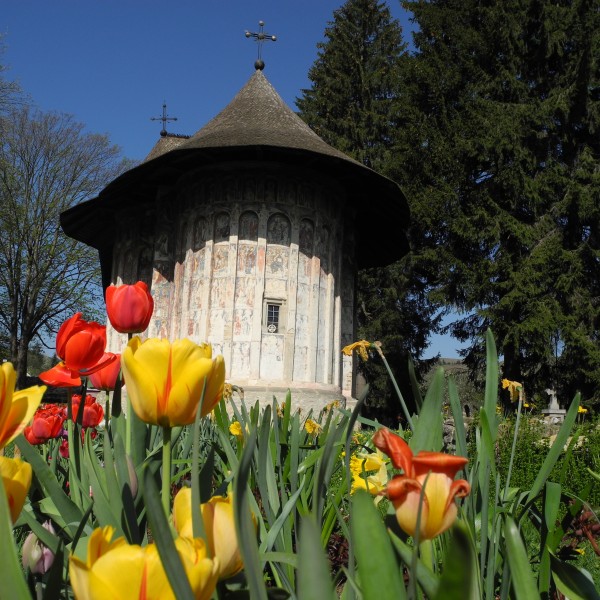
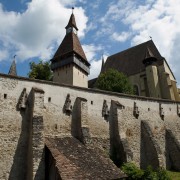
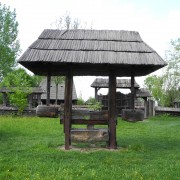
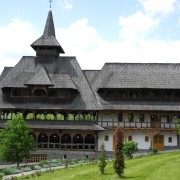
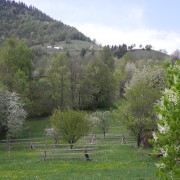
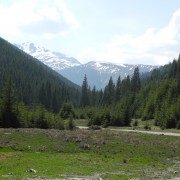
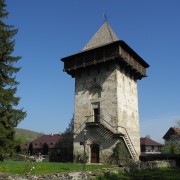
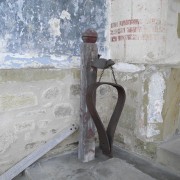
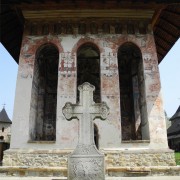
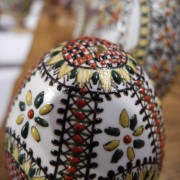
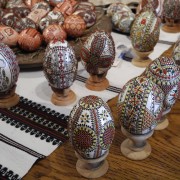
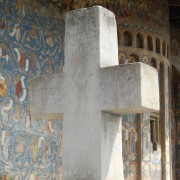

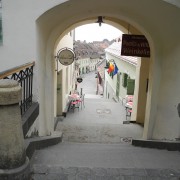
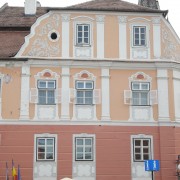
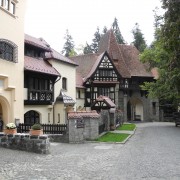
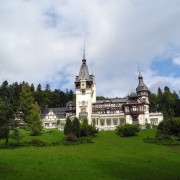
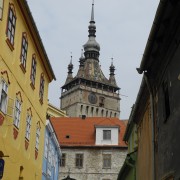
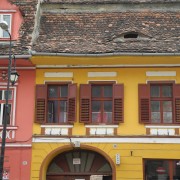
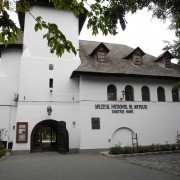
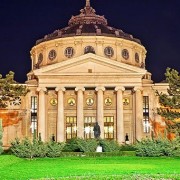
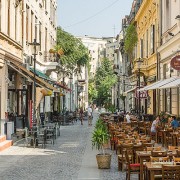
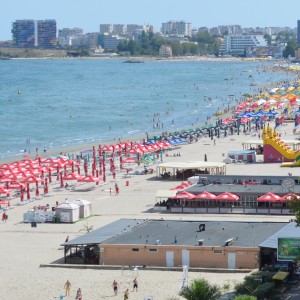
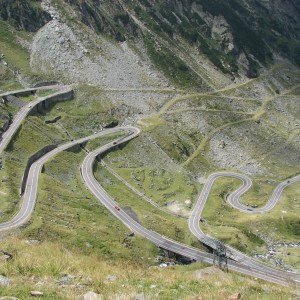
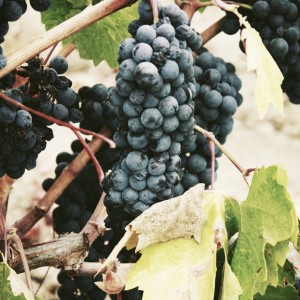
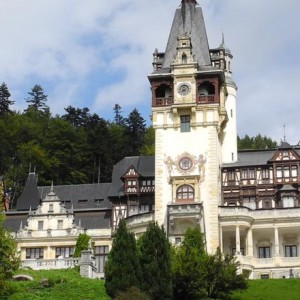
Reviews
There are no reviews yet.